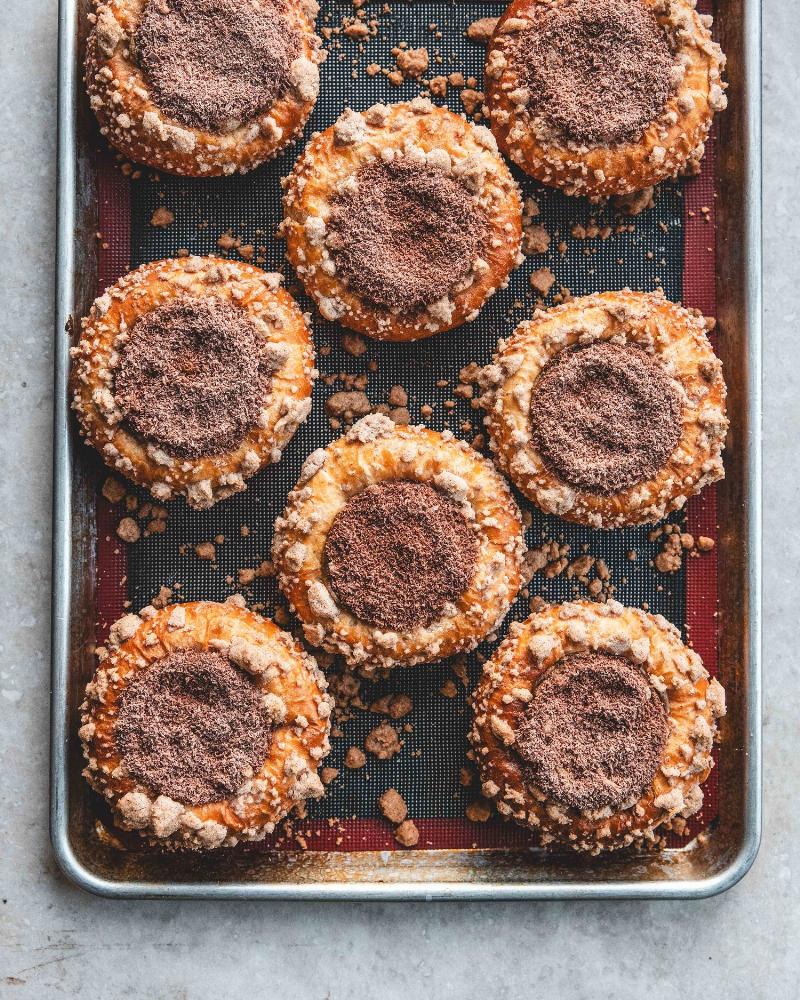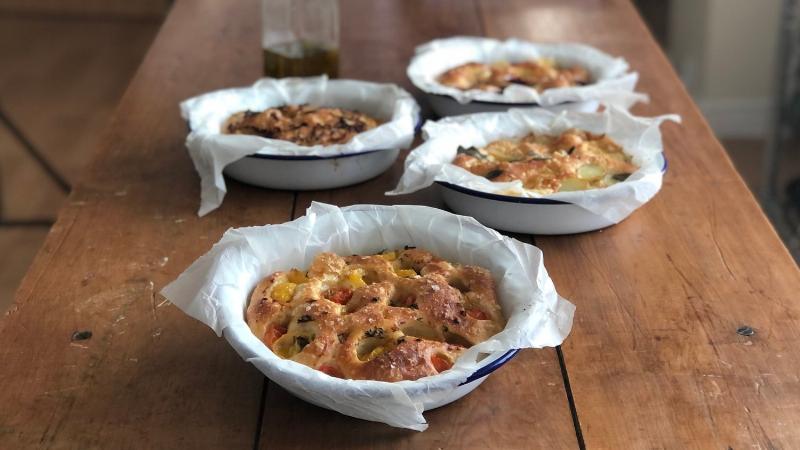Baking bread that’s both fluffy and light is a pursuit of many home bakers. Achieving that perfect texture, that airy crumb, is a sign of bread-making mastery. But what are the secrets to achieving such a delightful loaf? This guide will delve into the science and art of making bread fluffy and light, providing you with actionable tips and techniques to elevate your baking game.
Table Of Contents
Understanding the Science of Fluffy Bread
The fluffiness and lightness of bread depend on the formation of gas bubbles within the dough. These bubbles are created primarily through the action of yeast. Yeast consumes sugars in the dough and releases carbon dioxide gas, which gets trapped within the gluten network, causing the dough to rise. Think of it like tiny balloons inflating within the dough. This process is called fermentation. The more gas produced and retained, the lighter and fluffier the final product.
Several factors influence the effectiveness of this process. Temperature plays a vital role; yeast is most active within a specific temperature range. Too cold, and the yeast will be sluggish. Too hot, and you risk killing it off altogether. Hydration is also crucial; the amount of water in your dough directly impacts the gluten development and the yeast’s ability to produce gas. Finally, the type of flour you use contributes to the texture. Bread flour, with its higher protein content, develops a stronger gluten network, capable of holding more gas bubbles.
Key Techniques for Light and Airy Bread
Here are some specific techniques to help you achieve that coveted fluffy and light texture in your homemade bread:
-
Proper Kneading: Kneading develops the gluten in the dough, creating a strong and elastic network that can trap the gas produced by the yeast. This is what gives bread its structure and prevents it from collapsing.
 Kneading dough to develop gluten for a fluffy texture
Kneading dough to develop gluten for a fluffy texture -
Optimal Fermentation: Allowing the dough to rise in a warm environment encourages yeast activity and gas production. The first rise, also known as bulk fermentation, is crucial for developing flavor and texture. A second rise, or proofing, after shaping the loaf, further contributes to the lightness. You can even check out this recipe for how to make homemade bread light and fluffy.
-
Hydration Control: The right amount of water is essential for achieving a light and airy crumb. Too little water, and the dough will be dense and heavy. Too much, and the dough will be sticky and difficult to handle. Each flour absorbs water differently, so paying attention to the dough’s consistency is key. For those exploring alternative ingredients, you might find this Cake recipe with almond milk helpful.
-
Quality Ingredients: Using high-quality ingredients, particularly flour and yeast, is paramount. Bread flour, with its higher protein content, contributes to a stronger gluten structure. Fresh, active dry yeast ensures a vigorous rise.
Troubleshooting Common Issues
Sometimes, despite our best efforts, bread doesn’t turn out as fluffy as desired. Here are some common issues and their solutions:
- Dense Bread: This often indicates under-kneading, under-proofing, or using too little water.
- Flat Bread: This might suggest inactive yeast, over-proofing, or a dough that was handled too roughly.
- Gummy Bread: Too much water or insufficient baking time can result in a gummy texture. Similar to baking challenges, understanding the role of certain ingredients, like how to make cake rise with vinegar, is important.
Expert Insights
“Achieving a fluffy bread texture is about understanding the delicate balance of ingredients and techniques,” says renowned baker, Amelia Hearthstone. “Patience and observation are key. Don’t be afraid to experiment and adjust your approach based on your specific environment and ingredients.”
Incorporating Unique Flavors
Once you’ve mastered the basics of fluffy bread, you can start experimenting with different flavors. Adding herbs, spices, or even fruits can add depth and complexity to your loaves. Consider incorporating different ingredients, such as those used in a Cake recipe with yogurt, for a unique twist to your bread.
 Different types of fluffy bread with added flavors
Different types of fluffy bread with added flavors
Conclusion
Making fluffy and light bread is a rewarding experience. By understanding the science behind fermentation, mastering the key techniques, and utilizing quality ingredients, you can consistently create loaves with a delightful texture and flavor. Remember to be patient, observant, and don’t be discouraged if your first few attempts aren’t perfect. With practice and experimentation, you’ll be baking beautiful, airy bread that will impress your friends and family. Don’t be afraid to try something new, like this Bread recipe with jam, to continue your bread-making journey.
 A perfectly baked loaf of fluffy bread
A perfectly baked loaf of fluffy bread
FAQ
- What type of yeast is best for fluffy bread? Active dry yeast or instant yeast are both good choices.
- How do I know if my dough has been kneaded enough? The dough should be smooth and elastic, passing the windowpane test.
- Can I use all-purpose flour instead of bread flour? Yes, but the results may be slightly less fluffy due to the lower protein content.
- What is the ideal temperature for dough to rise? A warm environment around 75-80°F is ideal.
- How can I prevent my bread from over-proofing? Keep a close eye on the dough and follow the recommended proofing times.
- My bread is often dense, what could be the cause? Under-kneading, insufficient proofing time, or using too little water could be the culprits.
- What is the windowpane test? Gently stretch a small piece of dough; if it forms a thin, translucent membrane without tearing, the gluten is well-developed.

Pingback: How to Make Bread Without Gluten - Bestbaking Recipes